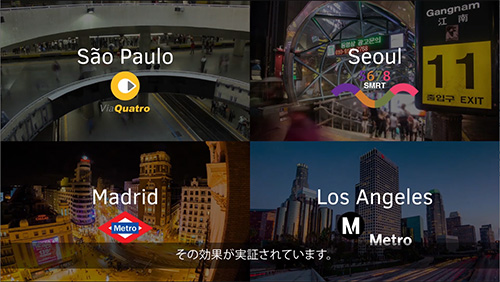How to get a video translated
What are the different approaches to video translation? Which service is right for you?

What is video translation?
Video translation is the process of converting spoken or written language in a video from one language to another. In this way, it can help to break down language barriers and make video content more accessible to a global audience.
There are a few different methods to translate a video, each with their own advantages and limitations.
Method #1: Machine Translation
One common approach is to use automatic speech recognition (ASR) to transcribe the audio of the video, then use machine translation (MT) to translate the transcript. You can apply a similar process to any on-screen text. This method is relatively fast and inexpensive, but the quality of the translation may not be as high as with other methods.
This method can be combined with a text-to-speech (TTS) engine to machine-voice the re-purposed vocal script. However, the vocal (linguistic and emotional) quality of TTS is still relatively low, resulting in a poor emotional response from the viewer. This, combined with the less-than-perfect transcription & translation, renders this method unsuitable for high-value applications, such as public-facing content.
But this cheap & cheerful method is amazing for quick, informal understanding of a video (for example for internal review).
Method #2: Human Video Translation
Another approach is to use human professionals via a video translation service to manually translate the video. This method takes a little longer than ‘clicking a button’ on a machine translation site; and costs a little more. But it is the most accurate and of course – human-like – considering the fluidity of language.
Translated vocal scripts are voiced by native professional voice talent. If you work with an ISO-certified localization company:
- the sound quality will be first-rate because the voice talent will own studio-quality vocal booths.
- the audio will be professionally and uniformly mastered.
- your service providers will be reliable. Ie. reassuringly available in future for any changes or additions.
A human video translation service is the best method for public-facing content, and it is essential for the localization of commercial or promotional video.
Working with a nimble, online specialist company can also keep the costs down, and the quality high, versus more traditional, city-centre agencies. Whether or not they are not ISO certified, check the calibre of their case study work and why not request references, for further assurances of the quality of their output.
Method #3: AI
A newer approach is to combine ASR with neural machine translation (NMT) – of which the best known is Google Translate. NMT is based on a deep learning algorithm that can translate the video with much more accuracy and better speed than traditional machine translation methods. It is improving all the time, but does have limitations – for example in understanding idioms (eg. “at the crack of dawn”) and context. For this reason, it can throw up anomalies which require human edits. Again, you can combine it with a TTS engine, but the same TTS quality limitations apply.
As in many other industries, AI video translation is a very interesting space to watch for further quality developments over the coming years. It is deployed to exciting effect in cutting-edge consumer phone apps such as live ‘voice translation’ for tourists.
Other tools
Some video translation platforms use methods #1 and #3, with Machine Translation, and sometimes combine them with human editors, to include things like automatic captions, subtitles, and translations, as well as the ability to change how the translated text looks. With its Auto-Translate feature, YouTube Studio is experimenting with free, automated subtitles for example. But beware of lowest-common-denominator, ‘eBay of services’ companies in this field. For the reasons explained above, consider this area in terms of the fun and free / low cost tools you can enjoy for personal and informal enjoyment.
Summary
With a little know-how, machine translation has made video universally convertible and understandable.
On the other hand, with a progressive localization company, it is easier than ever to repurpose videos quickly and accurately. Nowadays, de-centralized, high-quality, professional linguistic networks, can be delivered and filtered through a company operating international ISO standards. In this way, higher-quality human translation has become more affordable, and more accessible. This is the increasingly easy and high-value way for businesses, organizations and individuals to expand their reach and engage new audiences.
Looking into the future, advanced technologies like neural machine translation, promise to broaden the possibilities of machine translation further. They project the enticing vision, at some point in the future, of instant, lower-cost, human-like, video translation. But even now, the ways it can be used for personal and informal use are amazing!
Whatever service method is best for you, getting a video translated is an increasingly accessible, and evermore important tool for making your content more accessible and engaging for what is now a global audience.
Comments
No comments yet